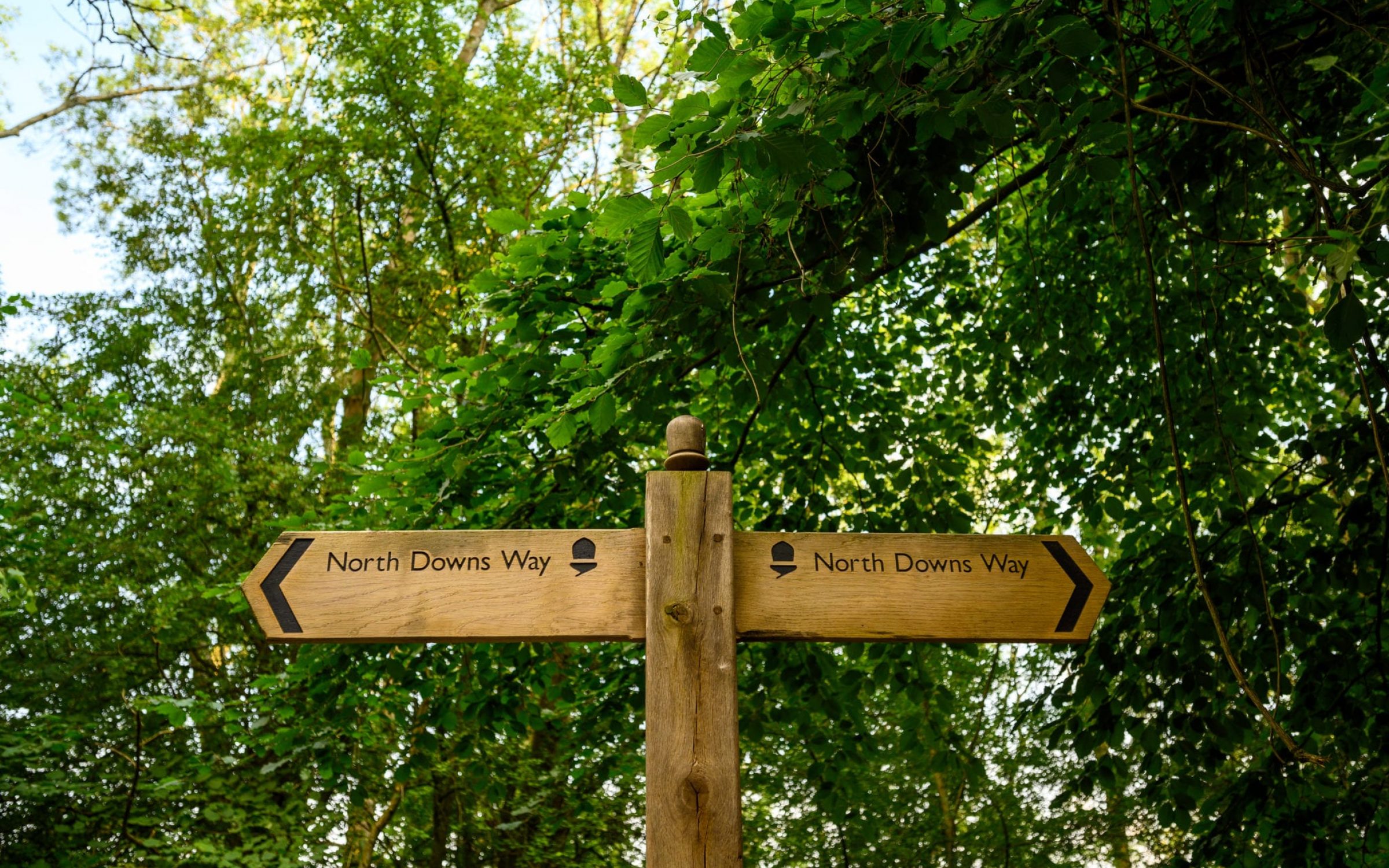My constituency of Epsom and Ewell is located in a part of the country where high demand is driving up house prices. But Surrey is also home to thriving wildlife habitats as well as bustling towns and villages. This includes the Surrey Hills Area of Outstanding Natural Beauty, one of the most wooded protected landscapes in the country and home to internationally important sites for nature conservation, including chalk grasslands on the North Downs.
And Epsom Common in my patch is a Site of Special Scientific Interest for a range of rare flowering plants, such as the Common Spotted and Southern Marsh Orchids. It is home to more than 400 species of flora, plus around half of Britain’s native butterfly species and over 100 species of bird.
Yet a third of species have been lost from Surrey or are at risk of being so. The UK has experienced a 41% species decline since 1970 and we’ve lost more than half of our ancient woodland since the Second World War—a lost inheritance which cannot easily be recovered. Without meaningful action, treasured species like the hedgehog and turtle dove may be driven from these isles.
Housing pressures in ecologically sensitive areas are not unique to Surrey. It’s a challenge replicated across the country. This is why the Government is taking welcome steps to ensure new homes complement rather than harm the natural environment, including a new requirement for residential developments to deliver a 10% uplift in biodiversity.
But to preserve our remaining wildlife refuges and put nature into recovery, we must also identify and protect the green corridors which enable wildlife to move through the landscape to feed, reproduce and adapt to climate change. These cannot be superficial or unnatural—they need to have the original biome intact.
The Government will set a target to help halt the decline of species by 2030 through the Environment Bill, and the Bill also makes provisions to establish a half a million hectare national Nature Recovery Network across our green and pleasant land.
In addition, our new farm payment system will support efforts to restore habitats, replacing the EU’s harmful area-based subsidies with payments for public goods, such as thriving wildlife.
But we will not unlock the full value of that spending for the health of our environment, nor meet our targets on nature, if we prevent the easy movement of species between biodiversity hotspots. The planning system should support nature recovery efforts, such as Surrey Wildlife Trust’s vision for a ‘living landscape’ of connected species-rich habitats, and the forthcoming Planning Bill provides the perfect opportunity.
Firstly, we must build on brownfield land wherever feasible. Every local planning authority now has a brownfield register, which in 2019 showed that there was enough suitable brownfield land to build more than 1 million homes. While I welcome the Government’s commitment to a “brownfield first” policy, this could be strengthened even further by requiring local authorities to write suitable brownfield land into their plans as delivered before considering greenfield sites.
Secondly, the new planning legislation must place a duty on local authorities to act in accordance with their relevant local nature recovery strategy—which county councils will be mandated to develop under the Environment Bill—when making planning decisions.
Nature recovery strategies will map local habitats and identify areas where nature can bounce back, with the potential to target public and private investment into suitable nature restoration projects. Legally incorporating them into local housing plans will align our ambitions for nature recovery and housebuilding, and help to safeguard essential wildlife corridors.
These areas set aside for nature’s recovery could also be given greater legal protection via a new land designation called the ‘wild belt’—which the Prime Minister referenced in his Conservative Party Conference speech last year. The wild belt could run throughout local areas, giving the public access to species-rich green spaces.
Reforming the planning system is not just about how our neighborhoods look today, but about tomorrow—the future that we want for our children and grandchildren. A future in which wealth is accumulated not only through economic capital by owning one’s own home, but also through the restoration of the natural capital that underpins our way of life.
The aspiration of owning our own home and passing it on to our children is one that every parent and grandparent can support, and one which the Conservative manifesto pledged to make a reality for more people. Yet there is also a growing appreciation of the need to both conserve and restore our natural inheritance—a challenge which our manifesto also pledged to meet. By protecting our biodiversity hotspots in the new planning reforms, and the arteries which connect them known as wildlife corridors, we can halt the decline of both home ownership and nature in Britain. Combining the two ambitions will enable us to secure a prosperous and resilient future for all.
The author is a former Secretary of State for Transport.




